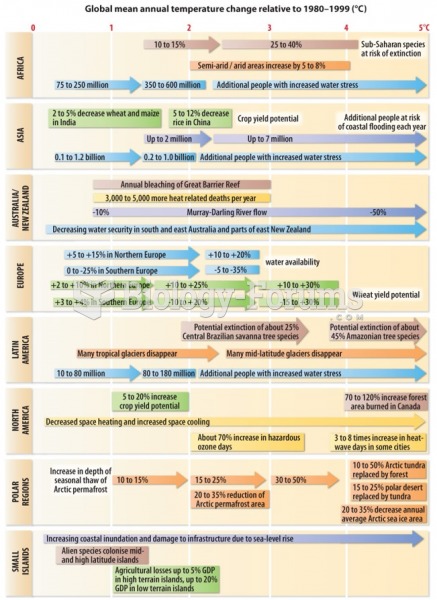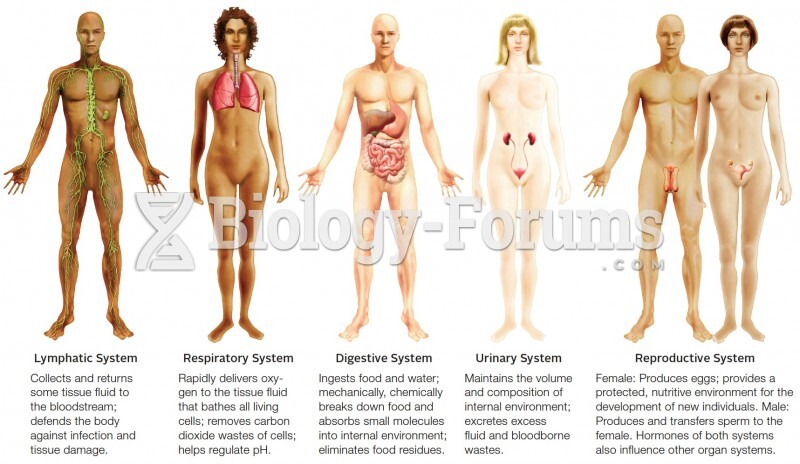Answer to Question 1
Uchino (2006) outlines a number of biological pathways through which social support may achieve its positive effects including through the cardiovascular, neuroendocrine, and immune systems. For example, social support may buffer the effects of stress on cardiovascular reactivity. Uchino (2006) notes that higher levels of social support are associated with lower everyday blood pressure levels, less cardiovascular disease, and a slower disease progression for patients who are already suffering from cardiovascular disease. In addition, recent neuroendocrine studies have found that salivary cortisol levels are lower when social support is high (Heinrichs, Baumgartner, Kirschbaum, & Ehlert, 2003; Milagros, King, Ma, & Reed, 2004). The strongest evidence for biological pathways, however, is a positive link between the immune system and social support (see Graham et al., 2007; Uchino et al., 1996). In particular, it seems to dampen the immune system's inflammatory responses to stress. For example, several studies have found that higher social support is associated with lower levels of the cytokine and inflammatory marker interleukin-6 (Costanzo et al., 2005; Friedman et al., 2005, Lutgendorf , Anderson, Sorosky, Buller, & Lubaroff, 2000). As you recall, elevated pro-inflammatory cytokines such as interleukin-6 are associated with an increased risk of heart disease.
Answer to Question 2
Social support refers to social interactions embedded within a network of social relationships that provide a person with potential access to or receipt of actual or perceived resources from others who are perceived as caring (Kaniasty, 2008). According to this construct, we can measure levels of social support from actual assistance received that can be objectively verified (e.g., receipt of financial assistance) and from the perception of assistance that is subjectively determined (e.g., self-report measures). We can also measure the structural aspect of social support of embeddedness through counting the number of meaningful social connections a person has (e.g., marital status, number of friends, etc.). Social support can be physical and tangible (e.g., assistance clearing debris after a hurricane), informational (e.g., reminding an elderly relative to take her medications), or emotional (e.g., being a good listener for a friend who is upset).







